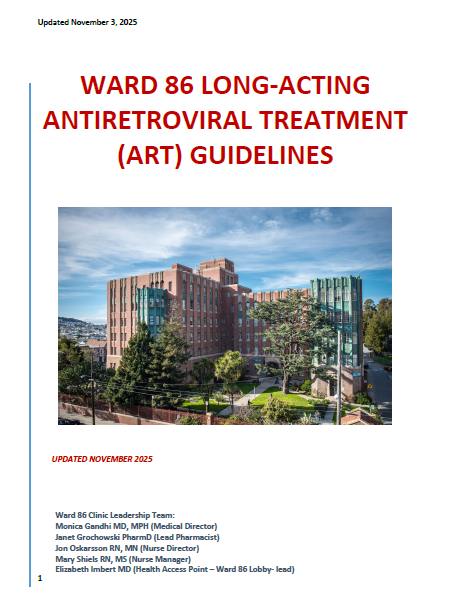Study Finds PrEP Use Feasible among High-Risk Groups in U.S. Community Settings
No new HIV found in patients in Kaiser PrEP program
September 10, 2015
Large Study of PrEP Use in Clinical Practice Shows No New HIV Infections
September 20, 2015Most Participants in NIH-Funded Study Adhered to HIV Prevention Strategy
A majority of men who have sex with men (MSM) and transgender women (TGW) at high risk for HIV infection took anti-HIV medication for pre-exposure prophylaxis (PrEP), most of the time, in a multi-site U.S. study examining use of this HIV prevention strategy outside of a clinical trial. The study, called the PrEP Demo Project, was funded by the National Institute of Allergy and Infectious Diseases (NIAID), part of the National Institutes of Health.
The study findings will be presented by Albert Liu, M.D., of the San Francisco Department of Public Health, at the 8th International AIDS Society Conference on HIV Pathogenesis, Treatment & Prevention (IAS 2015) in Vancouver, Canada.
PrEP involves taking a daily pill called Truvada, which contains the antiretroviral drugs tenofovir and emtricitabine. The PrEP Demo Project enrolled 557 MSM and TGW at risk of HIV infection, ages 18 years or older. The volunteers were recruited at sexually transmitted disease clinics in Miami and San Francisco and a community health clinic in Washington, D.C. Participants were given 48 weeks of Truvada and instructed to take it daily. Daily Truvada is the only PrEP regimen approved by the U.S. Food and Drug Administration and recommended by the U.S. Centers for Disease Control and Prevention. Participants also received regular HIV testing, counseling and health monitoring.
Participants provided blood samples during each of five study visits. Samples from 294 of the 557 participants were tested to determine blood levels of tenofovir diphosphate, the metabolized form of tenofovir. These levels enabled investigators to estimate the frequency with which participants were taking Truvada for PrEP. Overall, 63 percent of participants whose blood samples were tested had blood levels consistent with four or more doses of Truvada per week at every study visit. PrEP adherence was highest among those who reported sexual behavior that placed them at higher risk for HIV infection, similar to previous observations from a large, NIAID-funded international clinical trial known as iPrEx OLE.
Some 26 percent of study volunteers had a sexually transmitted infection (STI) when they enrolled in the study. STIs occurred at a high but steady rate throughout the PrEP Demo study period, and roughly two-thirds of participants reported having receptive anal intercourse without condoms, indicating that the study population was at high risk for HIV infection. Only two of the 557 participants became infected with HIV during the study, both of whom had low or undetectable PrEP drug levels indicating they were not using PrEP as prescribed.
Overall, the study findings indicate a moderate level of adherence to Truvada-based oral PrEP in these at-risk populations and lend support to the feasibility and potential clinical benefit of this strategy for HIV prevention in community settings.
ABSTRACT:
A Liu et al. Adherence, sexual behavior and HIV/STI incidence among men who have sex with men (MSM) and transgender women (TGW) in the US PrEP Demonstration (Demo) Project. Oral abstract at the 8th International AIDS Society Conference on HIV Pathogenesis, Treatment & Prevention (IAS 2015) in Vancouver, Canada. Program number TUAC0202, track C. Presented July 21, 2015.
WHO:
NIAID Director Anthony S. Fauci is available for interviews.
CONTACT:
To schedule interviews, please contact Laura S. Leifman, (301) 402-1663, niaidnews@niaid.nih.gov
Source : NIH News


